Sonja Henie (8 April 1912 – 12 October 1969) was a Norwegian figure skater and film star. She was a three-time Olympic Champion (1928, 1932, 1936) in Ladies' Singles, a ten-time World Champion (1927–1936) and a six-time European Champion (1931–1936). Henie won more Olympic and World titles than any other ladies' figure skater. At the height of her acting career, she was one of the highest-paid stars in Hollywood and starred in a series of box-office hits, including Thin Ice (1937), My Lucky Star (1938), Second Fiddle (1939) and Sun Valley Serenade (1941).
Henie was born in 1912 in Kristiania (now Oslo) Norway; she was the only daughter of Wilhelm Henie (1872–1937), a prosperous Norwegian furrier, and his wife, Selma Lochmann-Nielsen (1888–1961). In addition to the income from the fur business, both of Henie's parents had inherited wealth.
Henie won the first of an unprecedented ten consecutive World Figure Skating Championships in 1927 at the age of fourteen. The results of 1927 World Championships, where Henie won in 3–2 decision (or 7 vs. 8 ordinal points) over the defending Olympic and World Champion Herma Szabo of Austria, was controversial, as three of the five judges that gave Henie first-place ordinals were Norwegian (1 + 1 + 1 + 2 + 2 = 7 points) while Szabo received first-place ordinals from an Austrian and a German Judge (1 + 1 + 2 + 2 + 2 = 8 points). Henie went on to win first of her three Olympic gold medals the following year, became one of the youngest figure skating Olympic champions. She defended her Olympic titles in 1932 and in 1936, and her world titles annually until 1936.[3] She also won six consecutive European championships from 1931 to 1936. Henie's unprecedented three Olympic gold medals haven't been matched by any ladies' single skater since; neither are her achievements as ten-time consecutive World Champion. While Irina Slutskaya of Russia won her seventh European Championship in 2006 to become the most successful ladies' skater in European Championships, Henie retains record of most consecutive titles, sharing it with Katarina Witt of Eastern Germany/Germany (1983–1988).
Towards the end of her career, she began to be strongly challenged by younger skaters including Cecilia Colledge, Megan Taylor, and Hedy Stenuf. However, she held off these competitors and went on to win her third Olympic title at the 1936 Winter Olympics, albeit in very controversial circumstances with Cecilia Colledge finishing a very close second. Indeed, after the school figures section at the 1936 Olympic competition, Colledge and Henie were virtually neck and neck with Colledge trailing by just a few points. As Sandra Stevenson recounted in her article in The Independent of 21 April 2008, "the closeness [of the competition] infuriated Henie, who, when the result for that section was posted on a wall in the competitors' lounge, swiped the piece of paper and tore it into little pieces. The draw for the free skating [then] came under suspicion after Henie landed the plum position of skating last, while Colledge had to perform second of the 26 competitors. The early start was seen as a disadvantage, with the audience not yet whipped into a clapping frenzy and the judges known to become freer with their higher marks as the event proceeded. Years later, a fairer, staggered draw was adopted to counteract this situation".
During her competitive career, Henie traveled widely and worked with a variety of foreign coaches. At home in Oslo, she trained at Frogner Stadium, where her coaches included Hjørdis Olsen and Oscar Holte. During the latter part of her competitive career she was coached primarily by the American Howard Nicholson in London. In addition to traveling to train and compete, she was much in demand as a performer at figure skating exhibitions in both Europe and North America. Henie became so popular with the public that police had to be called out for crowd control on her appearances in various disparate cities such as Prague and New York City. It was an open secret that, in spite of the strict amateurism requirements of the time, Wilhelm Henie demanded "expense money" for his daughter's skating appearances. Both of Henie's parents had given up their own pursuits in Norway—leaving Leif to run the fur business—in order to accompany Sonja on her travels and act as her managers.
Henie is credited with being the first figure skater to adopt the short skirt costume in figure skating, wear white boots, and make use of dance choreography. Her innovative skating techniques and glamorous demeanor transformed the sport permanently and confirmed its acceptance as a legitimate sport in the Winter Olympics.
Professional and film career
Sonja Henie appeared on the cover of Time magazine on July 17, 1939.
Through her 1940 marriage to Dan Topping she had become an American citizen. As such she was not eligible to speak Norway`s cause and could have faced deportation. The Senate Subcommittee (Senate Foreign Relations) dealt with such matters. After the bombing of Pearl Harbor, when America was no longer neutral, Henie appeared in uniform and visited and gave money to Little Norway. All Norwegians got free tickets to her shows during the war and she paid and held parties for them. During the occupation of Norway by Nazi Germany, German troops saw Hitler's autographed photo prominently displayed at the piano in the Henie family home in Landøya, Asker.] As a result, none of Henie's properties in Norway were confiscated or damaged by the Germans. Henie became a naturalized citizen of the United States in 1940. Like many Hollywood stars, she supported the U.S. war effort through USO and similar activities. After the Japanese attack, she invited the boys from Little Norway to her ice shows, gave the mechanics a plane as well a substantial sum of money to their educational fund. But her first rejection before the US entered the war was never to be forgotten. For this, she was condemned by many Norwegians and Norwegian-Americans. After the war, Henie was mindful that many of her countrymen considered her to be a quisling. However, she made a triumphant return to Norway with the Holiday on Ice tour in 1953 and 1955. The Norwegian Royal Family attended both events and indeed attended her funeral in 1969. The Royal Family were very mindful of whom they supported after the war and Norwegians looked to them as role models in that respect. Her complex reputation and legacy continues to stimulate debate among Norwegians, writers and historians
Personal life
Sonja Henie art collection is now held by the Henie-Onstad Art Centre.
Henie was married three times, to Dan Topping (1940–1946), Winthrop Gardiner Jr. (1949–1956), and the Norwegian shipping magnate and art patron Niels Onstad (1956–1969) (her death). After her retirement in 1956, Henie and Onstad settled in Oslo and accumulated a large collection of modern art that formed the basis for the Henie Onstad Kunstsenter at Høvikodden in Bærum near Oslo.

 Amanda S. Stevenson
Amanda S. Stevenson 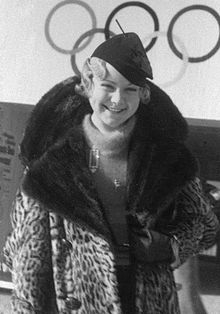
 Amanda S. Stevenson
Amanda S. Stevenson 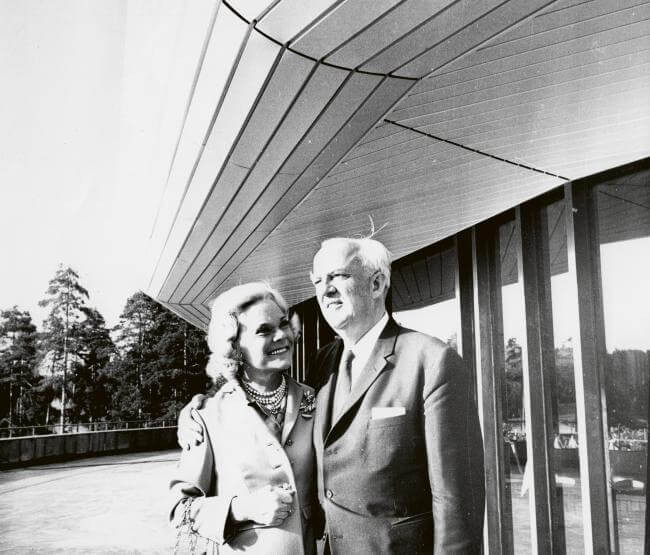
 Amanda S. Stevenson
Amanda S. Stevenson 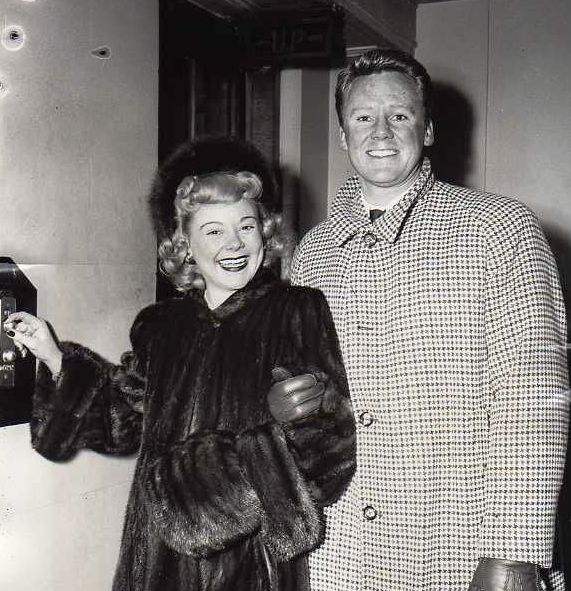
 Amanda S. Stevenson
Amanda S. Stevenson 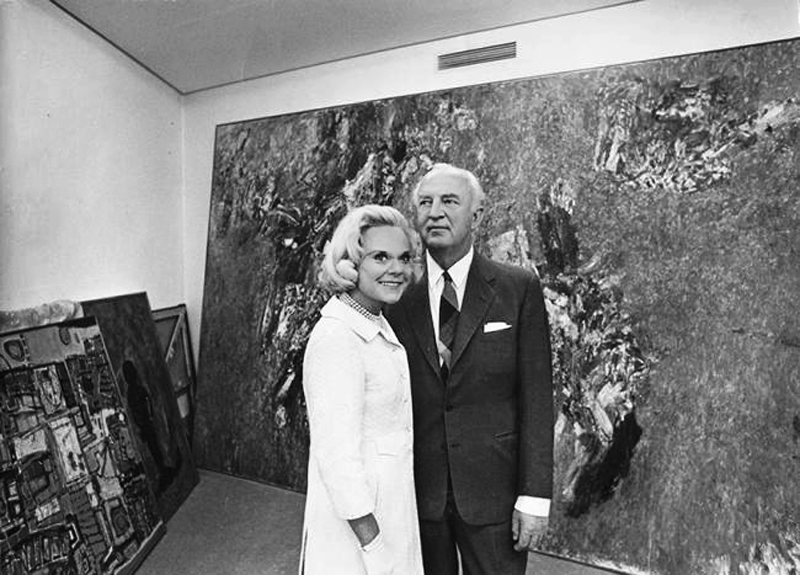
 Amanda S. Stevenson
Amanda S. Stevenson 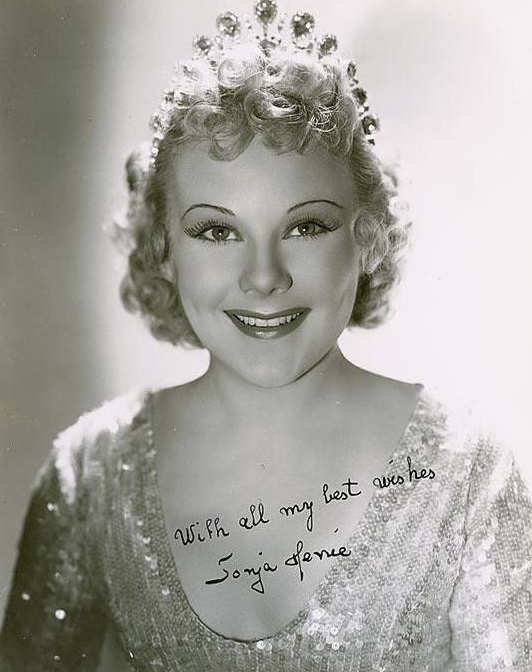
 Amanda S. Stevenson
Amanda S. Stevenson 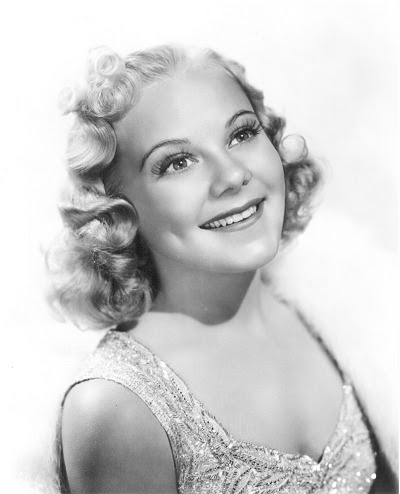
 Amanda S. Stevenson
Amanda S. Stevenson 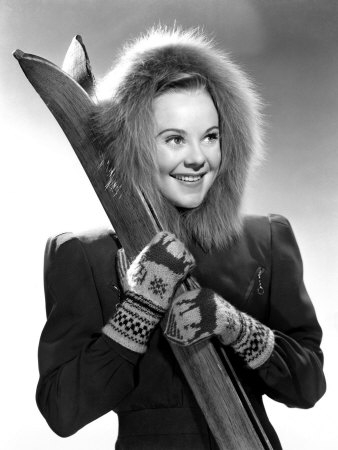
 Amanda S. Stevenson
Amanda S. Stevenson 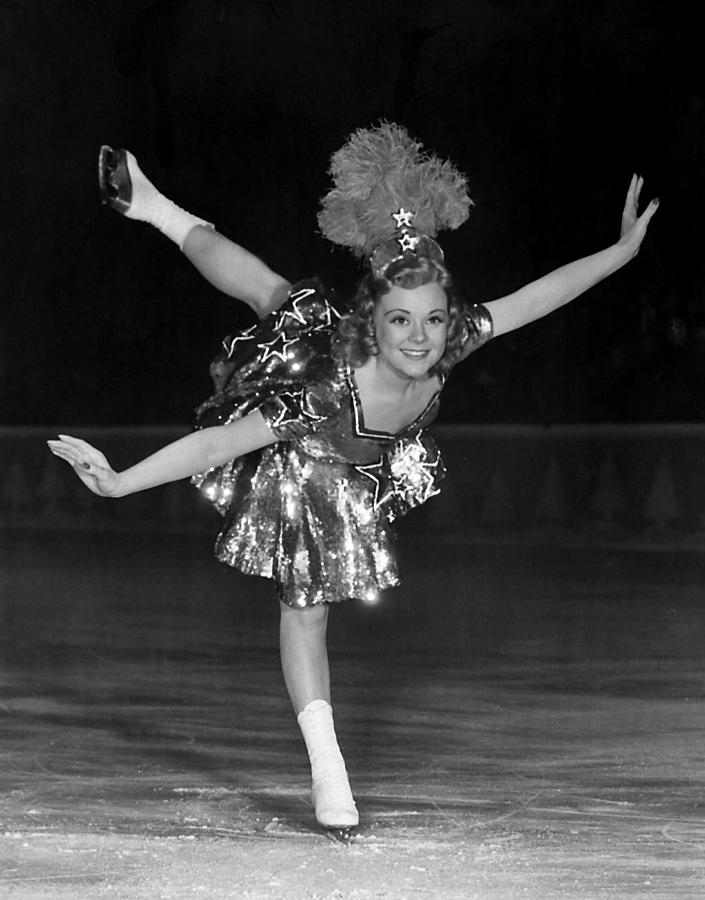
 Amanda S. Stevenson
Amanda S. Stevenson 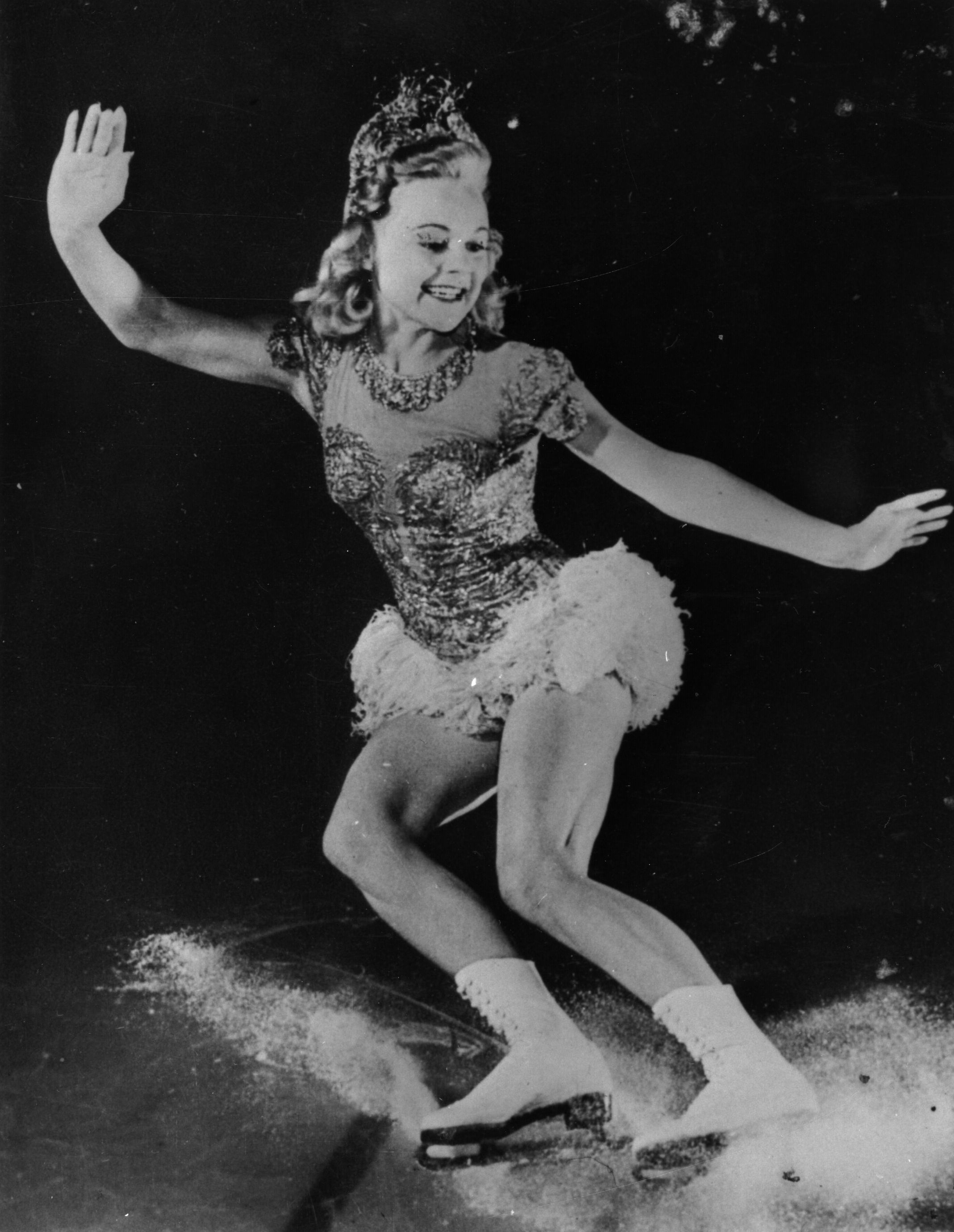
 Amanda S. Stevenson
Amanda S. Stevenson 